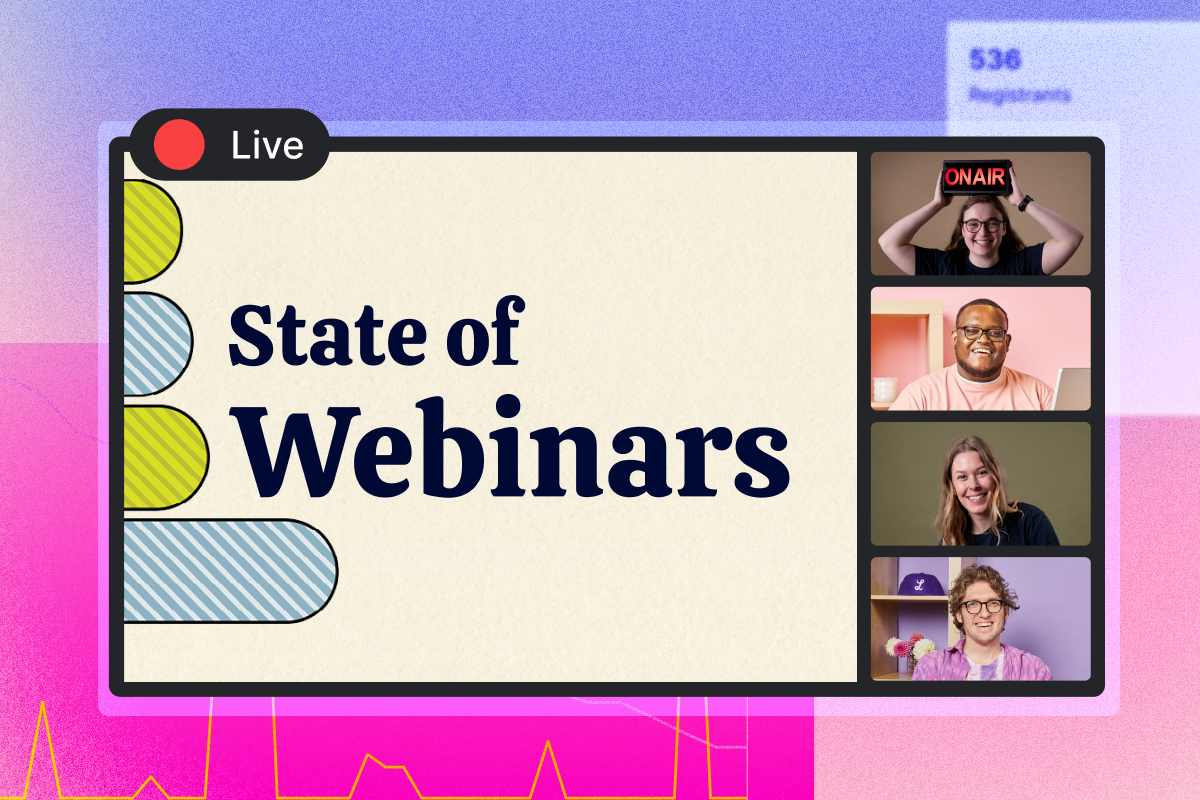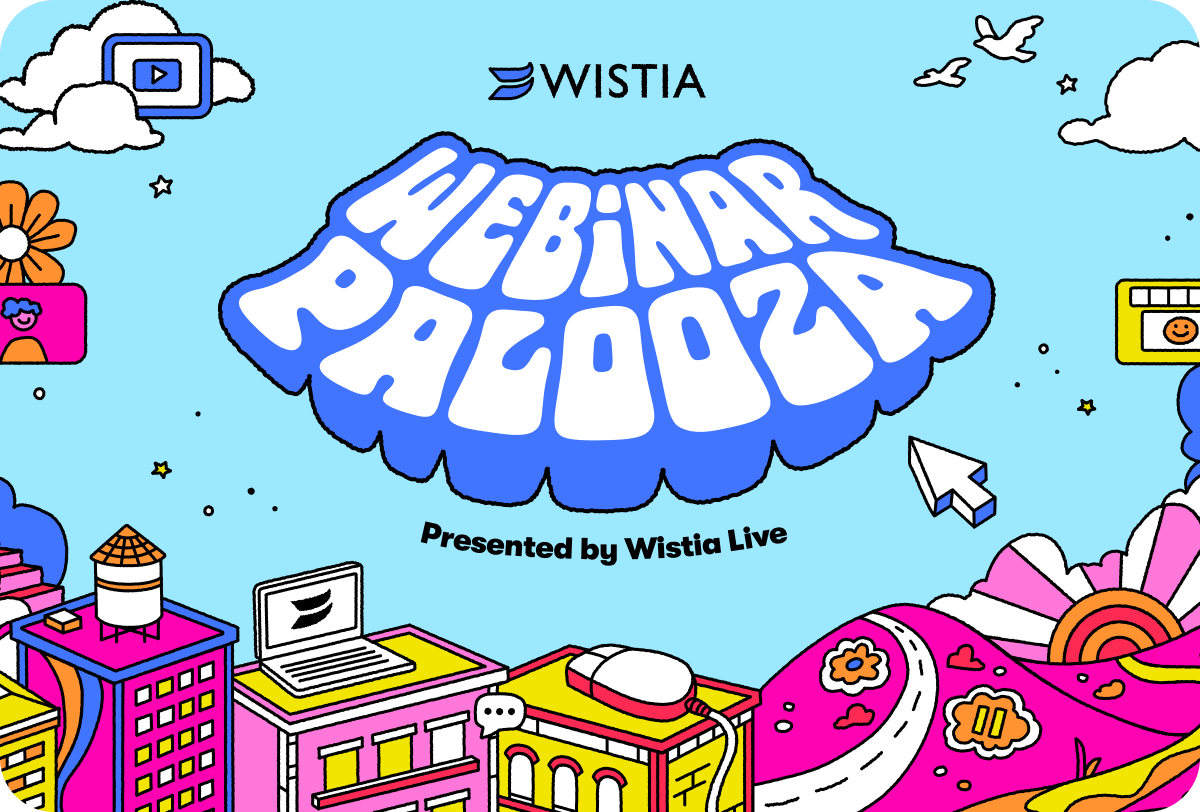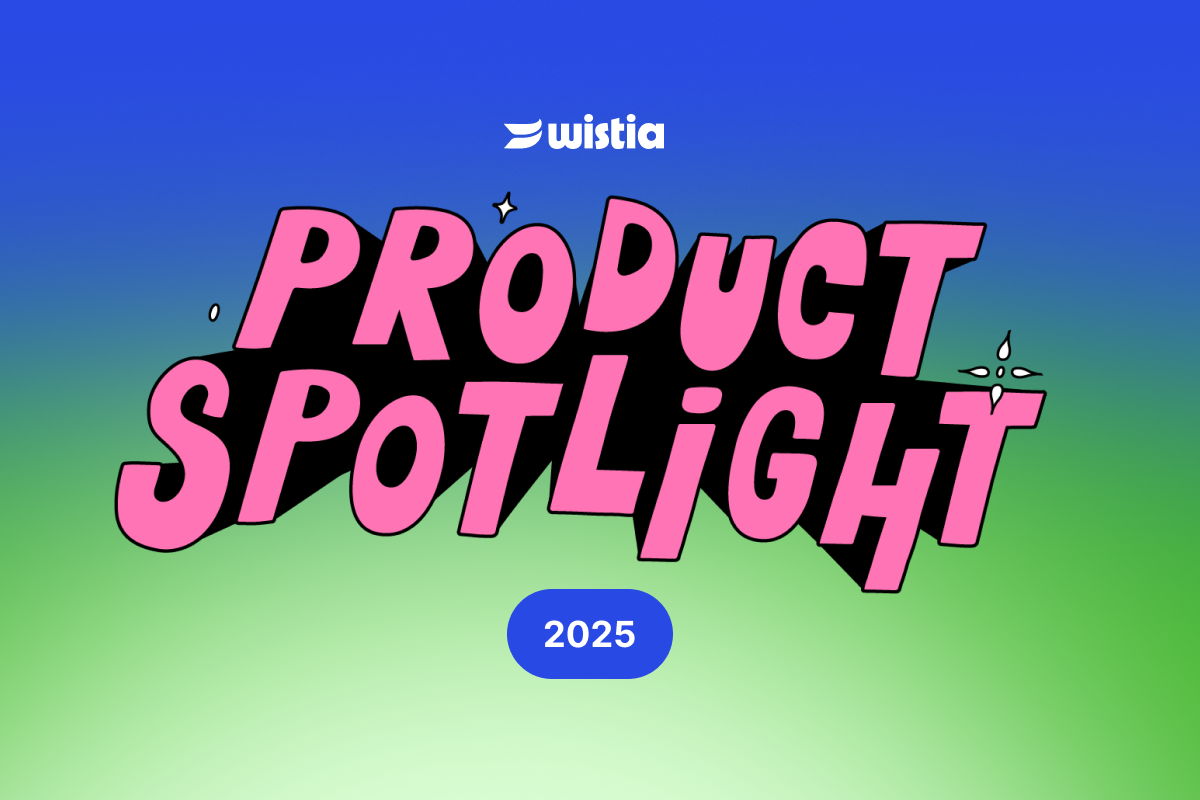"Monetize Backwards" to Build a SaaS Business That Lasts
July 7, 2015
Topic tags
Free and freemium business models have gone from the fringes to the mainstream, with legions of young entrepreneurs looking to follow in the footsteps of blowout successes like Slack and Dropbox. But with eyes filled with splashy funding rounds and billion dollar valuations, it’s easy to lose sight of whether freemium makes sense for your own business.
At Wistia, where I’m the co-founder and CEO of a growing team of 40 people, we did everything “backwards” by today’s standards. We started with a paid plan only, and over the last eight years, we’ve progressively made the product more and more free.
It’s counterintuitive, but constraining growth by not making our product free from the start has been one of the best decisions we’ve made.
Determine your product’s worth by charging up front
The #1 question when you’re starting out as an entrepreneur is whether or not you are building something that people actually want.
If someone signs up for a free product, you’ve only learned that someone was willing to exchange a small slice of time to try it. That teaches you very little about whether you’ve built something useful.
For freemium products, it’s possible that you won’t learn until years later whether free users will convert to paying customers. For example, 98% of Evernote users still pay nothing for the product after one year. Only a tiny fraction, 2%, convert from free to paid.
At Wistia, we host videos for businesses. Like everyone else first starting out, we had no clue whether our product solved a widespread need. There’s a considerable gap between a potential customer’s pain point and your hypothetical solution.
“There’s a considerable gap between a potential customer’s pain point and your hypothetical solution.”
In an initial meeting with our first paying customer, I proposed our solution for privately hosting their collection of medical training videos. Then, I slid a piece of paper across the room. That paper read, “Lite, $99/mo — Medium, $200/mo — Heavy, $400/mo,” a pricing grid that I had handwritten an hour before the meeting.
To my surprise, the stakeholder across the table picked it up, looked at it, and said, “We’ll take the best.”
That’s the first moment when I felt truly confident that we were on to something. And it didn’t take us months or years and thousands of free users to develop that conviction. It happened in a single meeting before we had even built the product.
The startups that survive aren’t the ones with the most experience — they’re the ones that can learn the fastest. Someone’s willingness to pay a good hunk of cash for your product provides you with undeniable validation that you’ve found an opportunity to build a business.
“The startups that survive aren’t the ones with the most experience — they’re the ones that can learn the fastest. ”
You can always change the price later
A common mistake that young entrepreneurs make is that they get hung up on how to price the product. They have such a tough time figuring out a price that they make it free instead.
That’s understandable, because it’s hard to have any conviction about the worth of your product if no one has paid for it before. Typically, data from previous sales informs your pricing decisions. When you’re first starting out, you don’t have any information, so it’s crucial to start gathering pricing data. You can only do that if you charge for your product.
In short, it’s less important what you charge — and more important that you charge.
Experimenting with free
When MailChimp went freemium in 2009, they had eight years and half a dozen pricing model changes under their belt. They had developed a deep understanding of how to price out their tiers, and where to segment features. They launched their free plan, and within a single year, they increased the number of paying customers by 150% and profit by 650%.
It took us six years to launch a free plan at Wistia. We had early customers who started off paying $50 a month, and were eventually paying more than $1,000 a month. That proved to us that once we got people to sign up, they’d be hooked. By the time we released the free plan, we felt really confident that it was the right choice.
“By the time we released the free plan, we felt really confident that it was the right choice.”
Our initial free plan let you host 3 videos for free with Wistia. While that may not seem like much, it was enough to fundamentally change the trajectory of our business.
Launching the free plan made it much easier for potential customers to try our product. It’s often difficult to describe and promote your product’s benefits without a big budget. Free gave us a shot to do it on our own terms.
With free, many more people touched the product, which dramatically expanded the audience of people who care about Wistia. We started to really live out our company’s mission to help people be awesome with video, because we were able to reach so many more eyes.
Over time, we gathered more data on the inner workings of our business, and we saw that the sheer increase in signups and usage from the free plan far outpaced the potential loss in upgrades. We felt confident that we should increase the free plan nearly tenfold, to 25 videos.
When you go freemium right off the bat, you do so without knowing anything about customer behavior. You’re likely severely underpricing your product, and that could spell disaster for your company.
When you monetize backwards, you start with a paid-only product and go freemium after you’ve accumulated enough data to make smart pricing decisions. You increase revenue and profit by lowering the cost of customer acquisition. Your reach expands and your confidence transforms into a dawning sense of limitless possibilities.
Constrain initial growth to learn faster
A venture capitalist might read all of the above and say, “That’s nice, if you want to build a small business.” If you want to go big, the thinking goes, go freemium.
The venture capitalist is probably right. Your product will get into far fewer hands and you won’t be on the cover of Forbes in your first year if your product is paid-only.
Monetizing backwards constrains user growth early on, and it makes it unlikely that you’ll be an overnight success. But for us, slow growth was one of the best things that could’ve happened for our company.
Having few, paying customers forced us to focus 100% on what those customers needed. We lavished those customers with attention. I’m incredibly proud that our earliest customers, like Cirque du Soleil, remain customers today, nine years later.
“I’m incredibly proud that our earliest customers, like Cirque du Soleil, remain customers today, nine years later.”
During rapid growth periods, a small team can easily become overwhelmed and begin to lose sight of their customers as humans, instead seeing them as metrics or aggregated data points. You can learn tons of valuable lessons from communicating with a small segment of paying customers. This group can guide your understanding of what to build next to make the product even more useful for the customers of the future.
Scaling culture takes time and attention
Although it’s a popular buzzword, “culture” is at the heart and soul of every modern startup, and building a strong, lasting, unique company culture takes a very long time.
I’ve been in the video hosting space now for 9 years, and I’ve seen a bunch of competitors burst onto the scene, take off with an injection of venture capital, and then come crashing back down to earth, because they didn’t take the time to establish the fundamentals of their business and culture.
In 2011, 5 years after Wistia’s inception, the company still had only 5 employees on staff. We were toiling with various ideas of how to scale the business. That was a daunting question for the team at the time. But the fact that we shared similar values helped us enjoy the challenges each day presented. That has made us content to work together, and succeed, ever since.
The first few months and years of starting a business can feel like an eternity. Entrepreneurs pour their hearts and souls into building their companies, but it takes time — a long time — to get things done the right way.
Rest assured that you’re getting the right learnings faster by charging from the very beginning. Monetizing backwards actually empowers you to move much faster and more confidently later on, when you’re ready to put those learnings to work.






